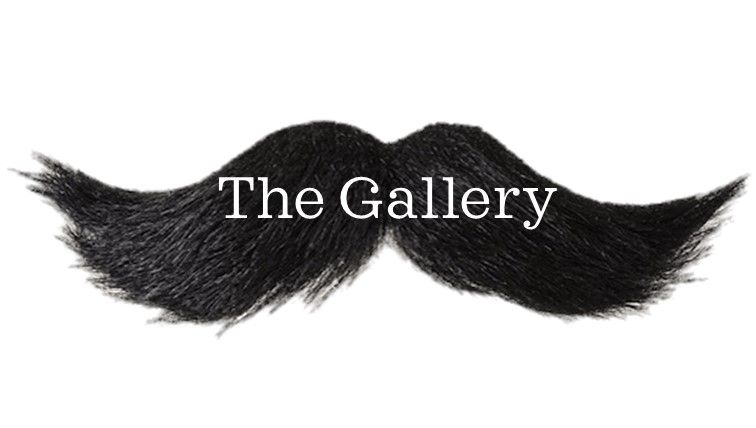
The History of Facial Hair: A County Warden Gallery
Welcome to the brilliant, bold, beautiful and bushy world of facial hair! This exhibition will provide you with a peek into the fascinating world and culture of mustaches, beards and more. So what’s the big deal about facial hair? Read about the historical practice of growing hair on your face and the cultural and social reasons behind the tradition. Click on the different styles of facial hair in our virtual gallery and learn about the history of over 20 different facial hair styles modeled by Oxford County Wardens from 1850 to 1950. Then, discover the tools of the barbershop trade and some of the other artifacts and events all related to beard and mustache culture. The Oxford County Archives would like to thank the Beachville District Museum, the Norwich and District Museum & Archives, and the Annandale National Historic Site for their contributions to this exhibit and their collaboration on this project.
A Brief History of Facial Hair
Beards have been around since the Paleolithic period with early humans sporting facial hair for a variety of reasons. Paleoanthropologists believe that males grew beards for warmth and to protect the face from the elements. It protected their face from injury and acted as a sort of hair shield for the face; it also added a sense of intimidation to their faces. In more recent history facial hair has been more for adding style to a person’s face or for cultural and spiritual purposes rather than being grown for survival.
The Ancient Egyptian pharaohs wore fake metal beards as a symbol of their closeness to the gods. In Ancient India, a long beard was a symbol of great dignity and intellect. In several eastern cultures having your facial hair cut off was considered a form of punishment. The Ancient Greeks oiled their beards and occasionally decorated them, styling them in ringlets. Beards in Ancient Greece were a sign of wisdom and high social class. Facial hair was only removed during periods of mourning. Burials of men in Bronze Age Europe are often found with weapons as well as grooming materials (tweezers, razors, bronze mirrors) suggesting to some researchers that being beautifully groomed was as important to them as being warriors (the idea is known as the ‘Warrior’s Beauty’). In medieval Japan up to the start of the Edo period, it was a necessity for samurai to don facial hair to represent their fighting spirit. If they couldn’t grow facial hair, or hige as it’s known in Japan, they wore fake hair on their faces.
Facial hair was not accepted by all cultures historically, however. The Ancient Romans found the Greeks’ beards unseemly and opted for a clean-shaven face or short beards. The Romans also believed beards were unclean and just created a home for lice. Facial hair went in and out of fashion during the middle ages depending on what the nobility were wearing. During the 1700s upper class men across Europe went for the bare faced look as facial hair was considered to be a look for “rough men”. But by the 1850s facial hair was once again all the rage in Europe! World leaders began donning mustaches and beards which meant the popularity of the styles trickled down into the general population.
During the First World War soldiers were required to shave their faces so gas masks could seal against their skin properly. As the soldiers returned home after the war many remained clean shaven. During the Second World War mustaches took centre stage. Beards would not return as a popular facial hair trend until the “beatniks” in the 1950s revived the beard movement which was continued by the hippies of the 1960s. Modern hipster mustache and beard fashion, which includes everything from handlebar mustaches to full beards, began making its appearance around 2007-2008 but exploded into the mainstream several years later. Today almost anything goes for facial hair and people are free to flaunt whiskers on their face as they please.

Click on each portrait below to learn more about the history of each facial hair style and see how the Oxford County Wardens wore the styles. Click on "Barbershop History" and "Facial Hair Culture" at the bottom of the page to see more of the exhibit.